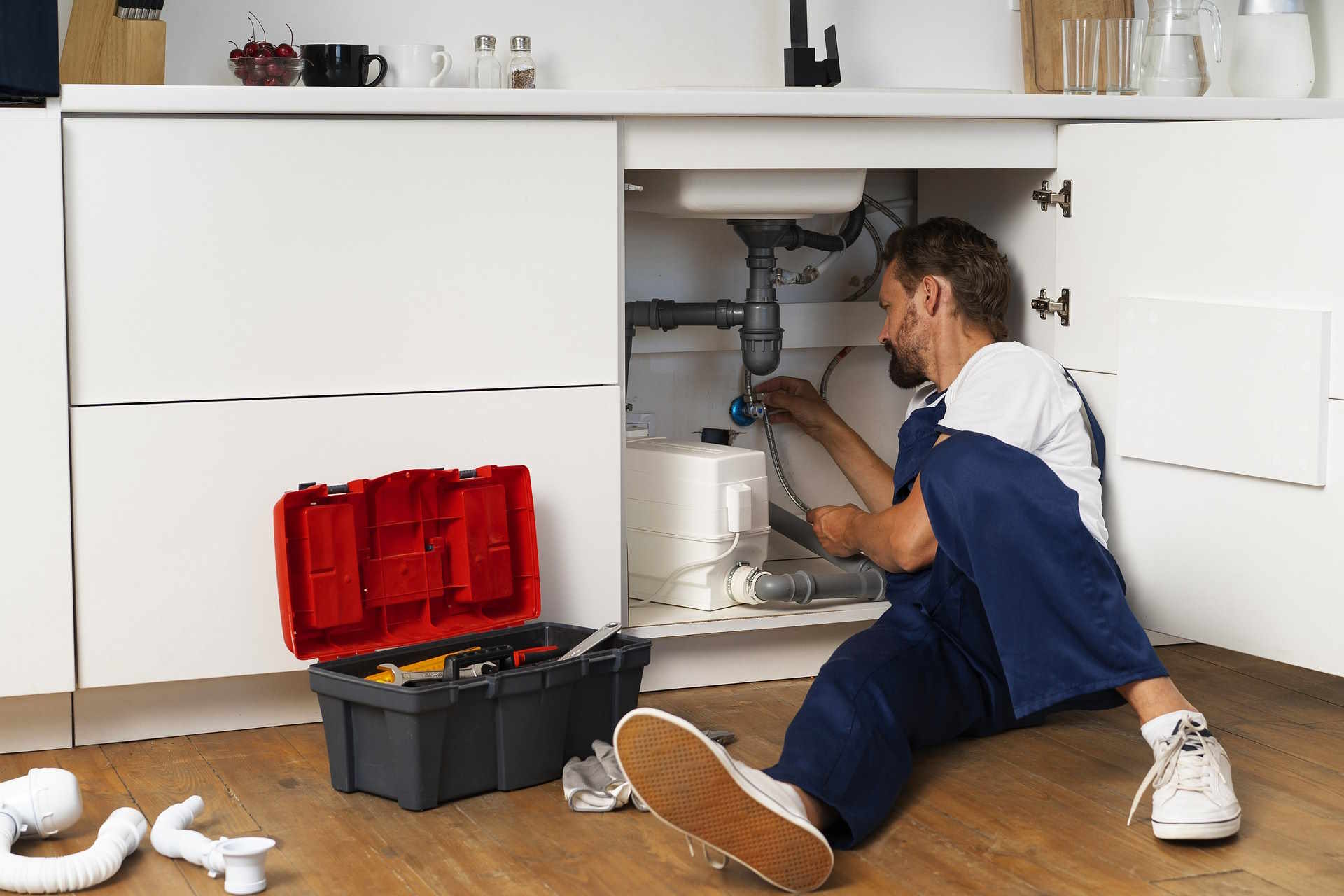Plumber helper training programs are available in the United States
Plumber helper training programs in the United States offer hands-on experience for those interested in working in the service industry. Find out where to get training near you, what to expect from training, and how this path can lead to a stable career.

What do plumbers do on a daily basis?
Plumbers play a crucial role in maintaining and installing water systems, sewage lines, and other piping fixtures in residential, commercial, and industrial settings. On a typical day, a plumber’s tasks may include:
-
Installing and repairing pipes and fixtures
-
Diagnosing and troubleshooting plumbing issues
-
Reading and interpreting blueprints and building plans
-
Inspecting and testing plumbing systems
-
Ensuring compliance with local plumbing codes and regulations
-
Providing estimates for plumbing work
-
Responding to emergency calls for burst pipes or major leaks
Plumbers often work in various environments, from cramped spaces under sinks to construction sites, making adaptability and problem-solving skills essential in their daily work.
What topics and skills are covered in training programs?
Plumber helper training programs are designed to provide a comprehensive foundation in plumbing principles and practices. These programs typically cover a wide range of topics and skills, including:
-
Plumbing theory and mathematics
-
Pipe fitting and installation techniques
-
Blueprint reading and interpretation
-
Plumbing codes and safety regulations
-
Water supply and distribution systems
-
Drainage and waste systems
-
Venting systems and principles
-
Basic welding and soldering techniques
-
Use of hand and power tools
-
Customer service and communication skills
Many programs also incorporate hands-on training, allowing students to practice their skills in simulated work environments or through apprenticeships with experienced plumbers.
How long does it take to train as a plumber?
The duration of plumber training can vary depending on the program and career path chosen. Generally, there are three main routes to becoming a plumber:
-
Vocational or trade school programs: These typically last 6 months to 2 years and provide a foundation in plumbing theory and practice.
-
Apprenticeship programs: These combine on-the-job training with classroom instruction and usually take 4-5 years to complete. Apprentices work under licensed plumbers while attending classes.
-
Associate degree programs: Some community colleges offer 2-year associate degrees in plumbing technology, which include general education courses alongside plumbing-specific training.
It’s important to note that becoming a fully licensed plumber often requires additional years of experience and passing state-specific exams after completing initial training.
Where can I find accredited plumber courses?
Accredited plumber courses can be found through various institutions and organizations across the United States. Some reliable sources for finding these programs include:
-
Local trade unions and apprenticeship programs
-
Community colleges and technical schools
-
Vocational training centers
-
Online education platforms offering certified plumbing courses
-
State plumbing boards or licensing agencies
When searching for accredited courses, it’s essential to verify that the program is recognized by your state’s licensing board and meets industry standards. Many states maintain lists of approved training programs on their official websites.
What are the program costs and financial options?
The cost of plumber training programs can vary significantly depending on the type of program, duration, and location. Here’s a general overview of potential costs and financial options:
| Program Type | Average Cost Range | Duration |
|---|---|---|
| Vocational School | $1,000 - $10,000 | 6 months - 2 years |
| Apprenticeship | $500 - $2,000 (plus wages earned) | 4-5 years |
| Associate Degree | $6,000 - $30,000 | 2 years |
Prices, rates, or cost estimates mentioned in this article are based on the latest available information but may change over time. Independent research is advised before making financial decisions.
Financial options for plumber training programs include:
-
Federal and state financial aid (for eligible programs)
-
Scholarships and grants from trade organizations
-
Employer-sponsored training programs
-
Payment plans offered by training institutions
-
Student loans (for longer-term programs)
For apprenticeship programs, trainees typically earn a percentage of a journeyman plumber’s wage while learning, which can help offset living expenses during the training period.
When considering a plumber helper training program, it’s crucial to weigh the costs against the potential long-term career benefits. Many plumbers find that the investment in training pays off through stable employment and competitive salaries in the field.
In conclusion, plumber helper training programs in the United States offer a viable path to a rewarding career in the plumbing industry. With various program options, durations, and financial solutions available, aspiring plumbers can find a training route that fits their needs and circumstances. By gaining the necessary skills and knowledge through these programs, individuals can position themselves for success in this essential and in-demand trade.




